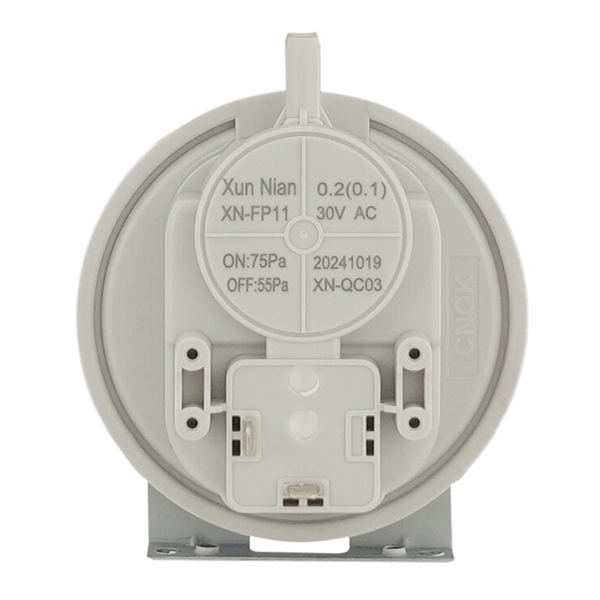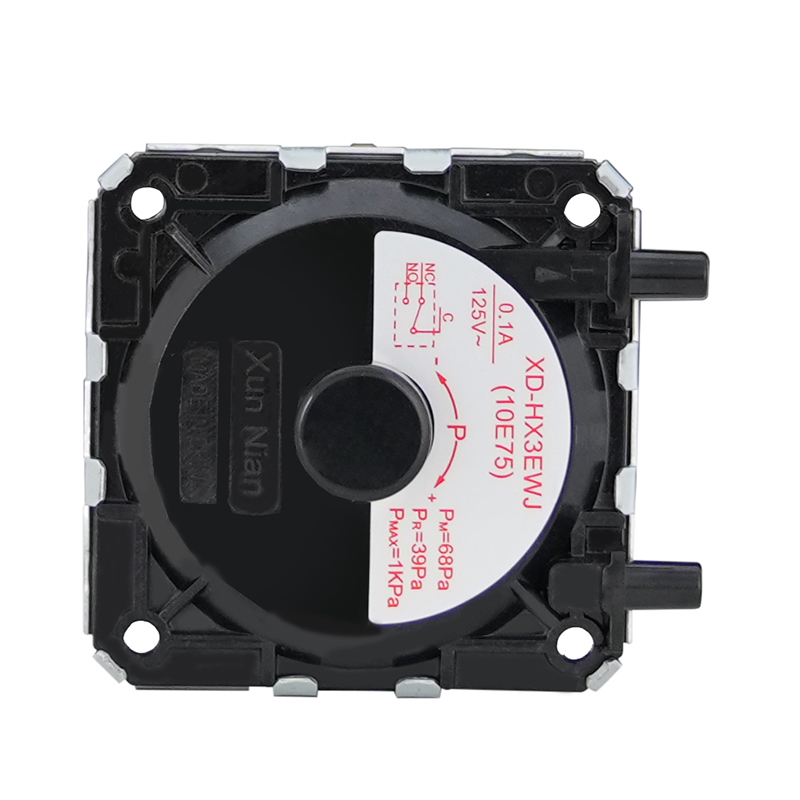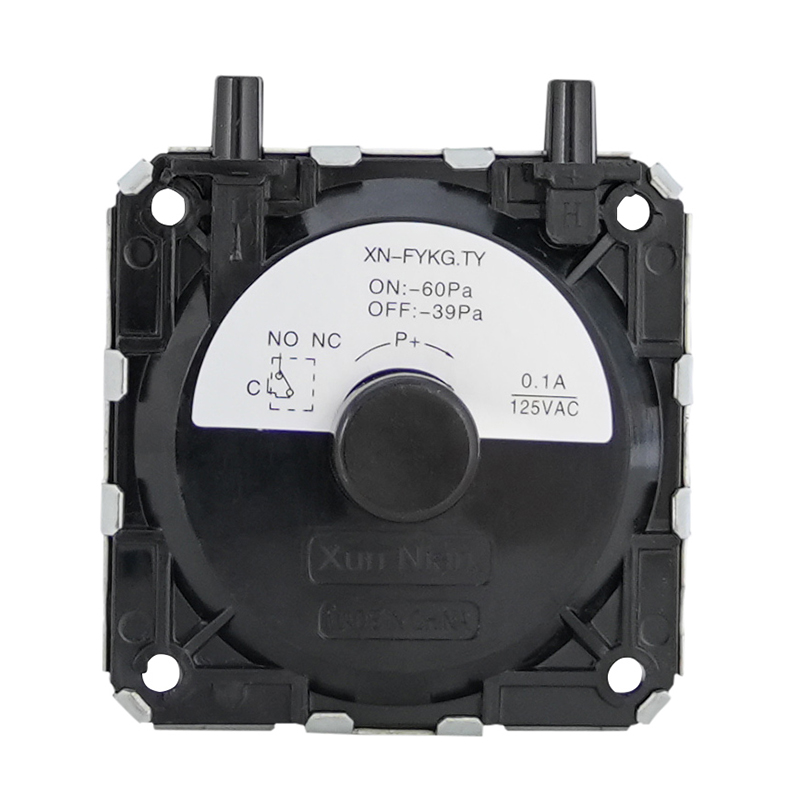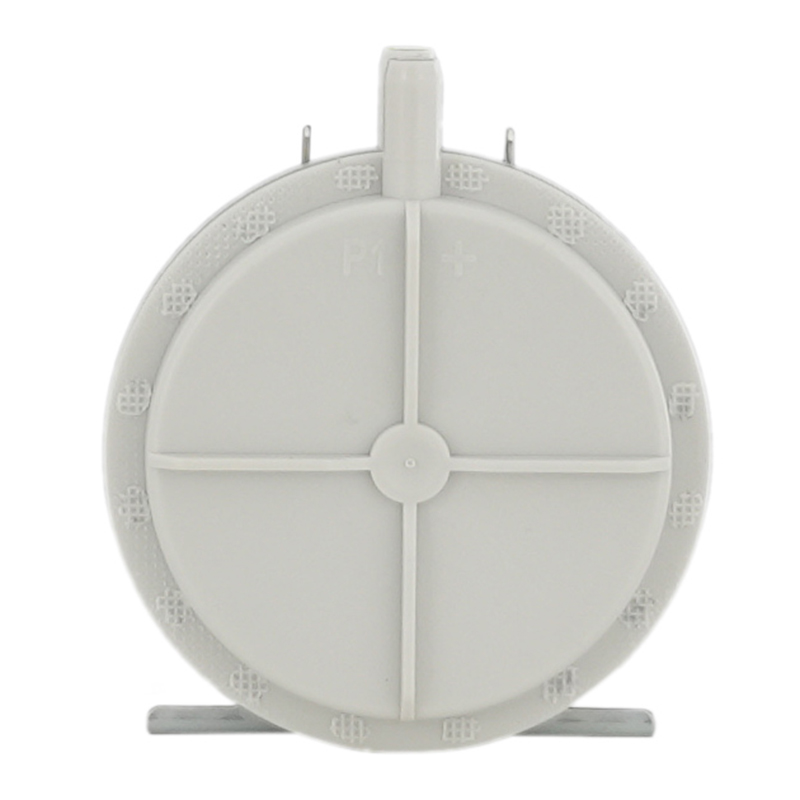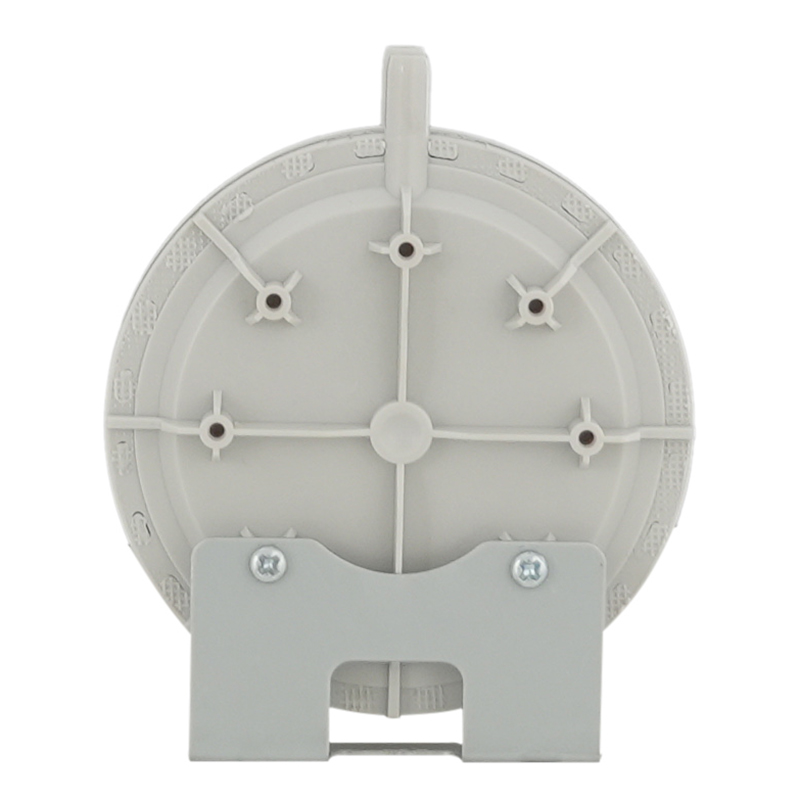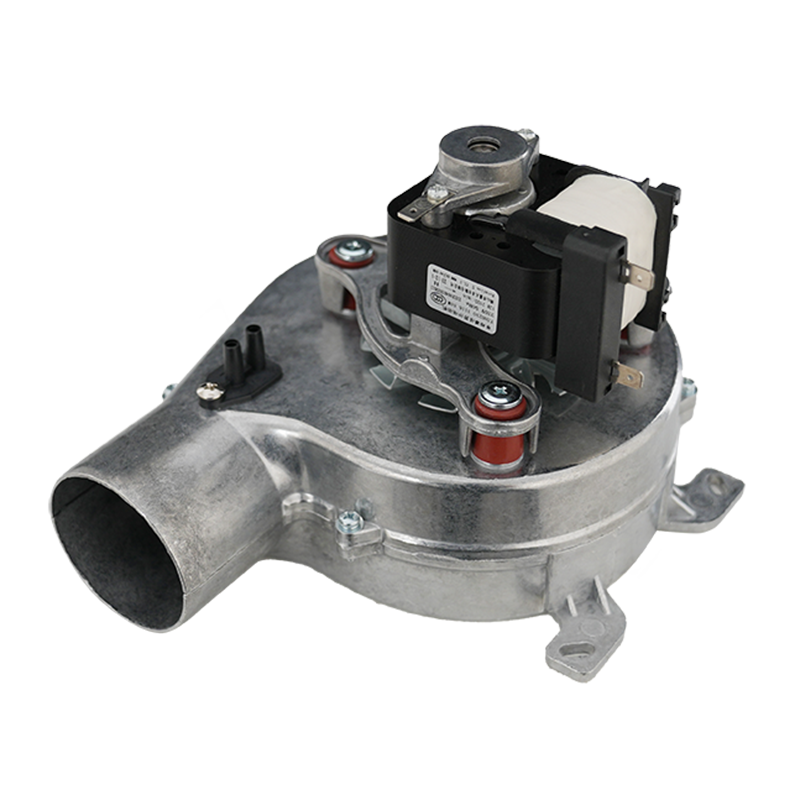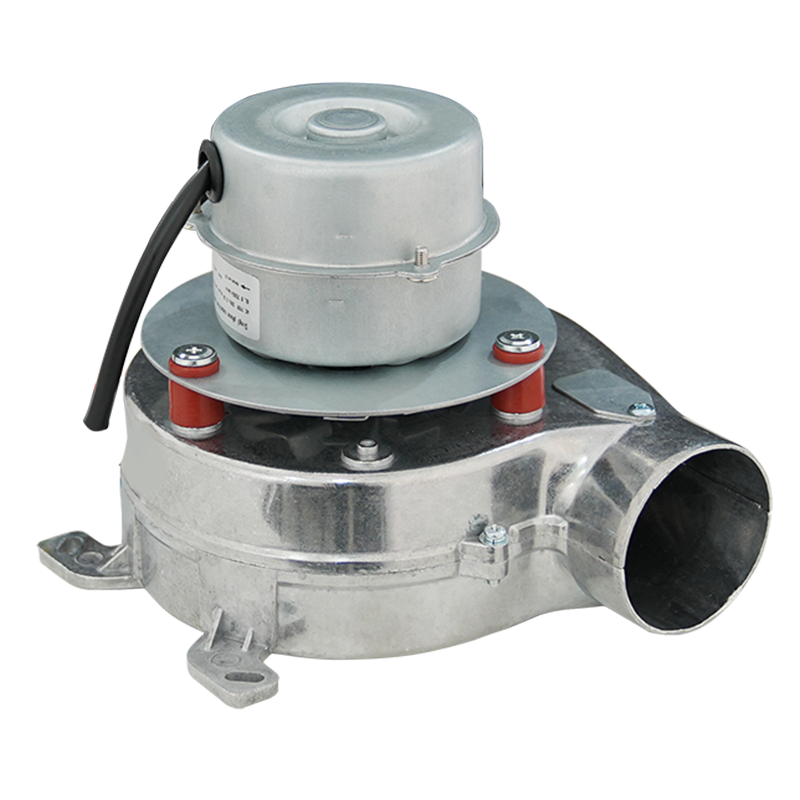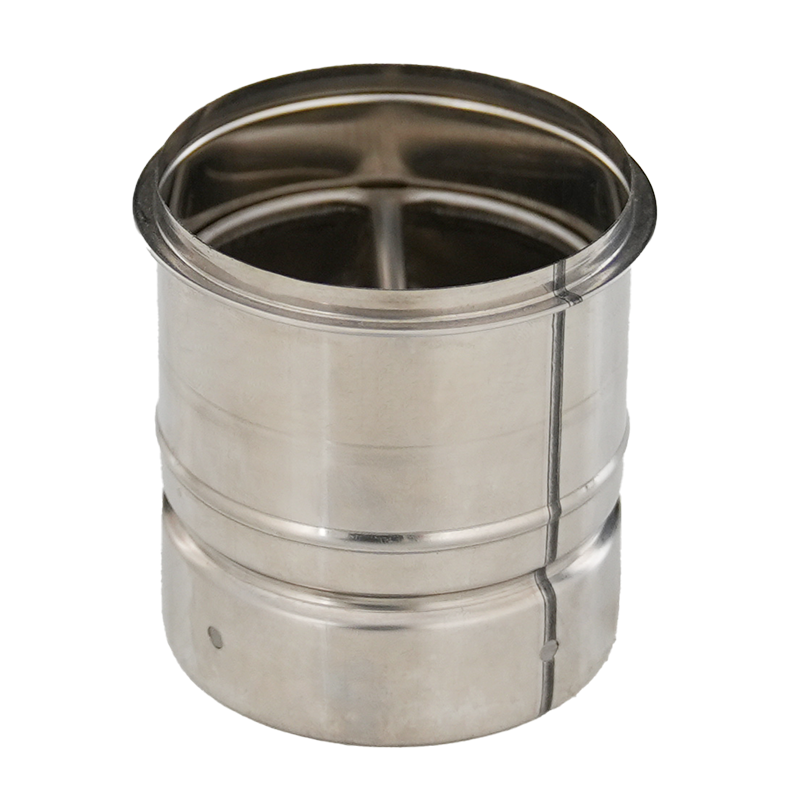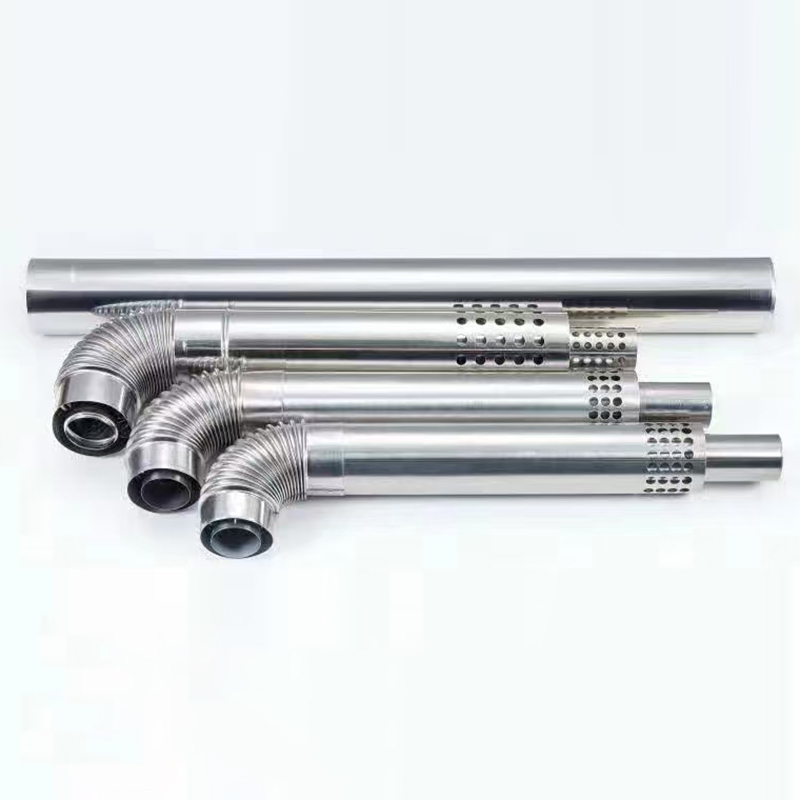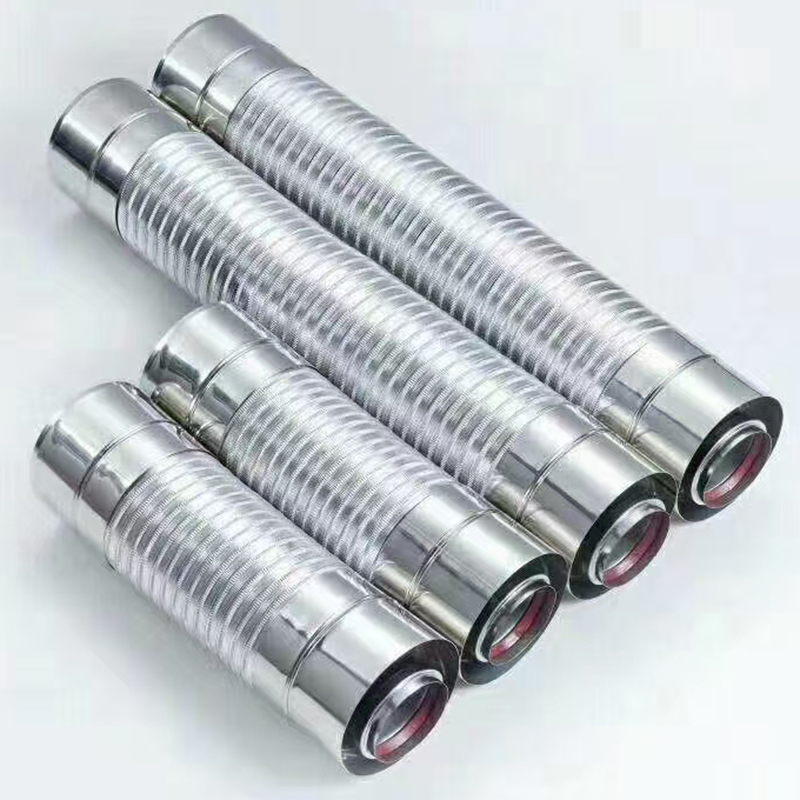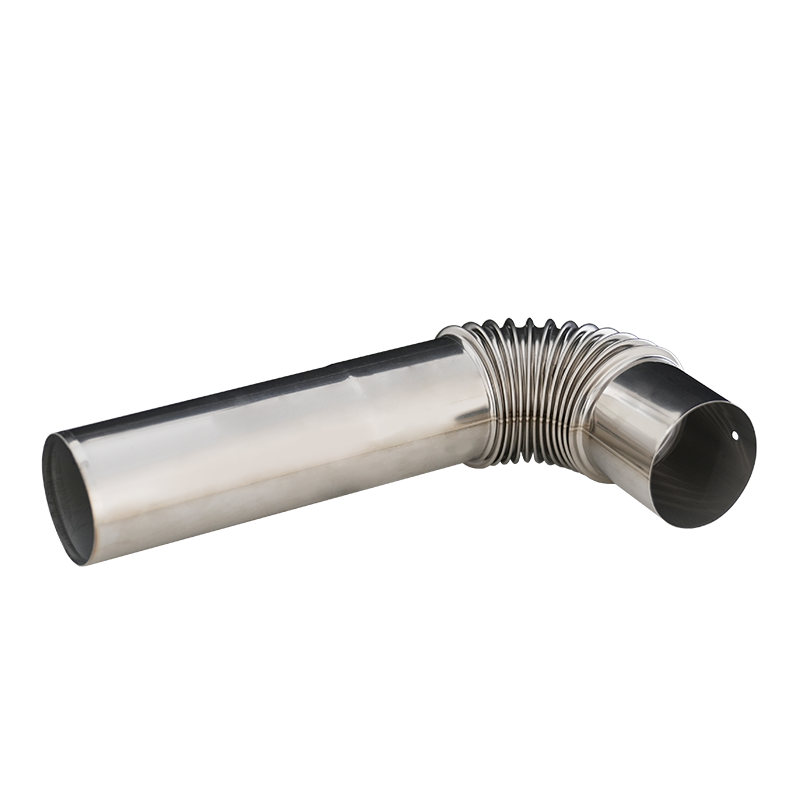Air Pressure Switch is a switching device that controls electrical equipment through changes in air pressure. Its working principle is mainly based on the mechanical structure action caused by changes in air pressure, thereby controlling the on-off state of the circuit. The following is a detailed explanation of the working principle of the Air Pressure Switch:
1. Overview of working principle
The Air Pressure Switch uses the air pressure change in the medium to control the on-off state of the switch by changing the air pressure signal. When the air pressure exceeds or falls below the set value, the mechanical structure inside the Air Pressure Switch will be triggered, causing the circuit to change.
2. Structural composition
The Air Pressure Switch generally consists of the following four parts:
Pressure system: used to sense air pressure changes.
Induction system: converts air pressure signals into mechanical motion signals.
Control system: controls the output system through a drive device.
Output system: can be the on-off of the trigger circuit, the opening or closing of the solenoid valve, etc.
3. Working process
Air pressure perception: When the air pressure in the system changes, the pressure system first perceives this change.
Signal conversion: The sensing system converts the perceived air pressure signal into a mechanical motion signal. This is usually achieved through the displacement of a mechanical structure (such as a spring).
Control action: The control system controls the output system according to the mechanical motion signal. If the air pressure exceeds or falls below the set value, the control system will trigger the action of the output system.
Output response: The output system performs corresponding actions according to the instructions of the control system, such as triggering the on/off of the circuit or the opening/closing of the solenoid valve.
4. Specific implementation method
The air pressure switch usually uses a spring mechanical structure to realize the conversion and control action of the air pressure signal. When the air pressure exceeds or falls below the set value, the spring of the mechanical structure will be displaced, thereby changing the contact state of the switch. The change of the contact can switch the on/off state of the circuit, thereby controlling the operation or stop of the electrical equipment.
5. Application scenario
The air pressure switch is widely used in various occasions where air pressure needs to be measured and controlled, such as air compressors, gas water heaters, pneumatic regulating valves and other equipment. In these devices, the air pressure switch can accurately sense the air pressure changes and trigger the corresponding control actions in time to ensure the normal operation and safety performance of the equipment.
In summary, the working principle of the air pressure switch is to control the on/off state of the circuit based on the mechanical structure action caused by the air pressure change. By sensing air pressure changes, converting air pressure signals, controlling actions and outputting responses, air pressure switches can achieve precise control of electrical equipment.
